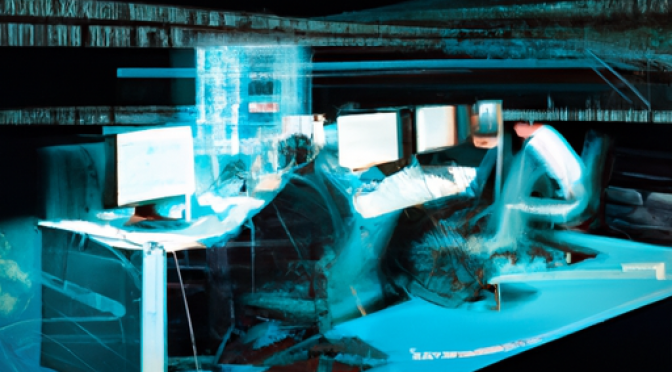Artificial Intelligence (AI) has revolutionized various industries, and one area where it has made significant advancements is in the field of manufacturing. With the advent of 3D printing, the ability to create virtual prototypes has become more accessible and cost-effective. However, before these prototypes can be manufactured, it is crucial to refine and test them to ensure their functionality and performance. This is where AI-driven simulations play a vital role.
Understanding AI-Driven Simulations
AI-driven simulations involve the use of advanced algorithms and machine learning techniques to create virtual environments that mimic real-world conditions. These simulations enable engineers and designers to test the performance of virtual prototypes before they are physically manufactured. By accurately simulating the behavior of the prototype, AI-driven simulations provide valuable insights into its strengths, weaknesses, and potential improvements.
Refining Virtual Prototypes
One of the primary benefits of AI-driven simulations is their ability to refine virtual prototypes. Through iterative testing and analysis, engineers can identify design flaws and optimize the prototype’s performance. By simulating various scenarios and stress tests, AI algorithms can detect potential issues that may arise during the manufacturing process or in real-world applications. This iterative refinement process saves time and resources by eliminating the need for physical prototypes until the design is near-perfect.
Testing Performance and Functionality
AI-driven simulations also allow for comprehensive testing of the performance and functionality of virtual prototypes. By simulating real-world conditions, such as environmental factors, material properties, and external forces, engineers can evaluate how the prototype will behave in different scenarios. This testing helps identify potential weaknesses or limitations, enabling designers to make necessary adjustments before moving forward with physical manufacturing.
Optimizing 3D Printing Process
Another advantage of AI-driven simulations is their ability to optimize the 3D printing process itself. By analyzing the virtual prototype’s geometry and material properties, AI algorithms can suggest improvements to enhance printability and structural integrity. This optimization ensures that the final physical prototype will meet the desired specifications and perform as intended.
Conclusion
AI-driven simulations have become an invaluable tool in refining and testing virtual prototypes before they are manufactured using 3D printing. By accurately simulating real-world conditions, these simulations enable engineers to identify design flaws, test performance and functionality, and optimize the 3D printing process. As AI continues to advance, the integration of AI-driven simulations with 3D printing will further enhance the efficiency and effectiveness of the prototyping and manufacturing processes.

